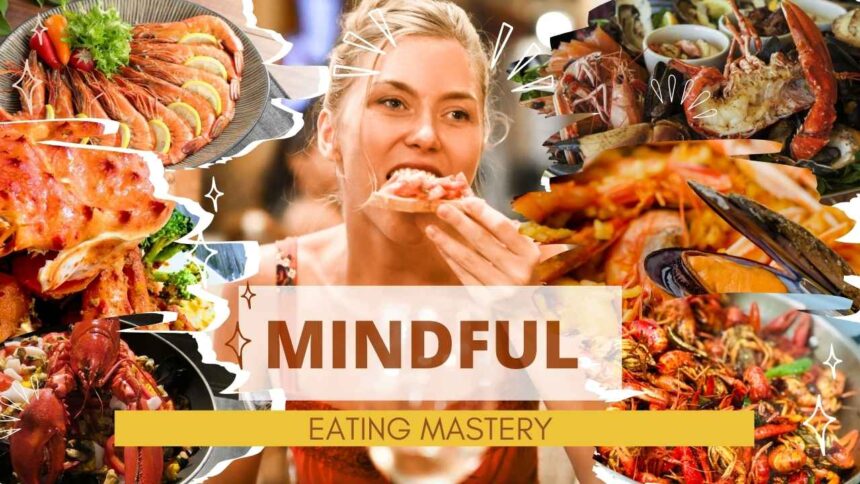If you’ve ever finished a snack and barely remembered eating it, you’re not alone. Most of us eat on autopilot while scrolling, watching, working, or rushing. And before we even notice, the plate is empty.
Mindful eating isn’t about cutting out foods or following strict rules. It’s about paying attention learning to listen to your body, slow down, and actually enjoy what you’re eating.
Give it 30 days, and you might be surprised how different things feel.
What Is Mindful Eating, Really?
At its core, mindful eating is just being present while you eat.
Not multitasking. Not judging yourself. Just noticing:
- How the food smells
- What it feels like in your mouth
- When your body feels hungry and when it feels satisfied
It sounds simple, but it can totally shift the way you relate to food.
Why 30 Days?
Because habits take time to stick and this one’s about unlearning as much as learning.
Over the next month, you’re not aiming to “fix” anything. You’re just experimenting. Paying closer attention. Trying a few new ways to eat that help you feel more connected to your body, your choices, and even your cravings.
Week 1: Slow It Down
Goal: Notice what happens when you stop rushing.
- Sit down for at least one meal a day, even if it’s quick.
- Put your fork down between bites once in a while.
- Take a few breaths before your first bite. That’s it.
This week is about slowing down enough to notice how you eat not judging it, not changing everything overnight.
Week 2: Ditch the Distractions (When You Can)
Goal: Eat without screens just once a day.
That means no phone, no TV, no laptop. Just you and the food.
At first, it might feel awkward. That’s normal. But over time, you’ll start to notice flavors, textures, and fullness cues more clearly. The meal becomes an actual moment, not background noise.
Week 3: Listen to Your Body’s Signals
Goal: Pause mid-meal and ask yourself two things:
- Am I still hungry?
- Do I want more of this, or am I just on autopilot?
You don’t have to stop eating. Just check in. You might find you were full ten bites ago or that you really do want seconds. Either way, you’re choosing consciously.
Week 4: Make Peace with All Foods
Goal: Drop the “good” and “bad” labels even just for this week.
Eat the cookie slowly. Savor it. Eat the salad the same way. Let go of guilt and see how your body responds when food isn’t tied to shame.
This is where things get powerful because once you stop fighting with food, you can actually enjoy it again. And that leads to better choices, naturally.
Tips to Keep Going After 30 Days
- Don’t aim for perfection. You’ll eat distracted sometimes. That’s okay.
- Keep checking in. The more you practice, the easier it becomes.
- Keep snacks and meals you actually enjoy around mindfulness doesn’t mean eating stuff you hate.
Why This Works
Mindful eating isn’t a quick fix. But it is a way to rebuild trust with yourself. When you stop treating food like a problem to solve, it becomes something that supports you not something to control.
And the best part? You don’t need a meal plan, a journal, or a rulebook. You just need a little curiosity and some patience.


